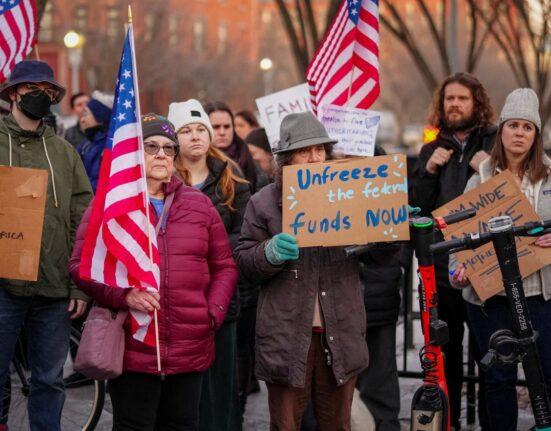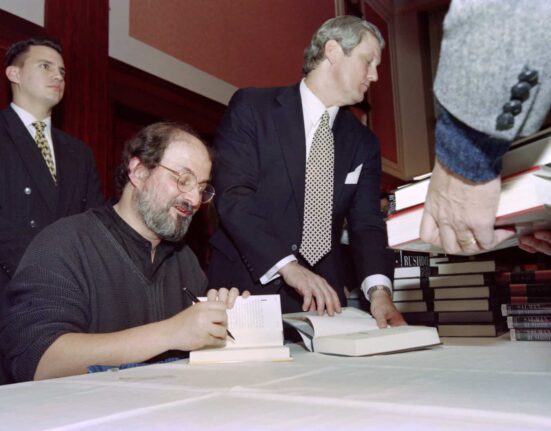Commuters passing through the Taganskaya metro station in Moscow might have done a double-take recently. Amidst the hustle and bustle of daily life, a larger-than-life figure has emerged from history back into the present – Josef Stalin, the notorious Soviet dictator, now stands tall once again in high relief.
The reinstallation of Stalin’s statue has stirred mixed emotions and ignited debates about historical memory and public representation. The original sculpture, dismantled decades ago during the era of “de-Stalinization,
” has been resurrected in an unexpected move that has left many questioning its significance.
Known for his authoritarian rule and brutal tactics, Joseph Stalin is a polarizing figure in Russian history. His reign was marked by widespread repression, political purges, forced deportations, and famines that led to the suffering and deaths of millions. The decision to revive his image in a public space raises complex questions about how societies confront their past.
Amidst this controversy, Russian President Vladimir Putin’s nuanced stance on Stalin adds another layer of complexity. While acknowledging the dark chapters of history under Stalin’s regime, Putin has emphasized the importance of remembering these tragedies as part of Russia’s collective memory. However, the proliferation of statues honoring Stalin under Putin’s leadership raises concerns about glorifying a leader responsible for immense human suffering.
As pedestrians pause before the imposing statue at Taganskaya metro station, differing opinions swirl around this controversial artistic choice. Some view it as a nod to history and culture, appreciating its artistic value despite its dark subject matter. A woman named Olga expressed her approval by stating, “
It’s excellent. History of art, culture, significance, beauty.
” However, not everyone shares this sentiment.
One passerby named Svetlana voiced her disbelief and outrage at seeing Stalin’s likeness resurface in a public setting: “
What were they thinking? How many died under his leadership? And suddenly he appears here, this bloodsucker. How is this possible?
” These contrasting reactions underscore the deep divisions surrounding Stalin’s legacy and how it should be remembered in contemporary society.
Architectural historian Alexander Zinoviev provided insightful commentary on the restored monument by highlighting its ideological implications: “
…more of an ideological gesture than a genuine attempt to restore the historical architectural appearance.” This perspective prompts reflection on how historical symbols are manipulated for political purposes and reshaped to fit evolving narratives.
Against the backdrop of ongoing geopolitical tensions and Russia’s involvement in conflicts like Ukraine, some observers see symbolic significance in Stalin’s reappearance within Moscow’s underground transport network. The juxtaposition of past tyrannical leadership with present-day political realities invites contemplation on Russia’s trajectory and values as embodied by such public representations.
In conclusion,
the reincarnation of Josef
Stalin’s statue sparks intense debates
and reflections on history,
memory,
and power dynamics.
As societies grapple with commemorating complex legacies,
the presence
of controversial figures like
Stalin serves as touchstones
for probing deeper questions
about identity,
responsibility,
and collective remembrance.
The unveiling
of this divisive symbol underscores
the enduring resonance
of historical narratives
and their impact on shaping contemporary consciousness.
In an ever-evolving world where interpretations clash,
icons from yesteryears continue to provoke thought-provoking dialogues—keeping alive memories both glorious
and grim for generations to come.









Leave feedback about this